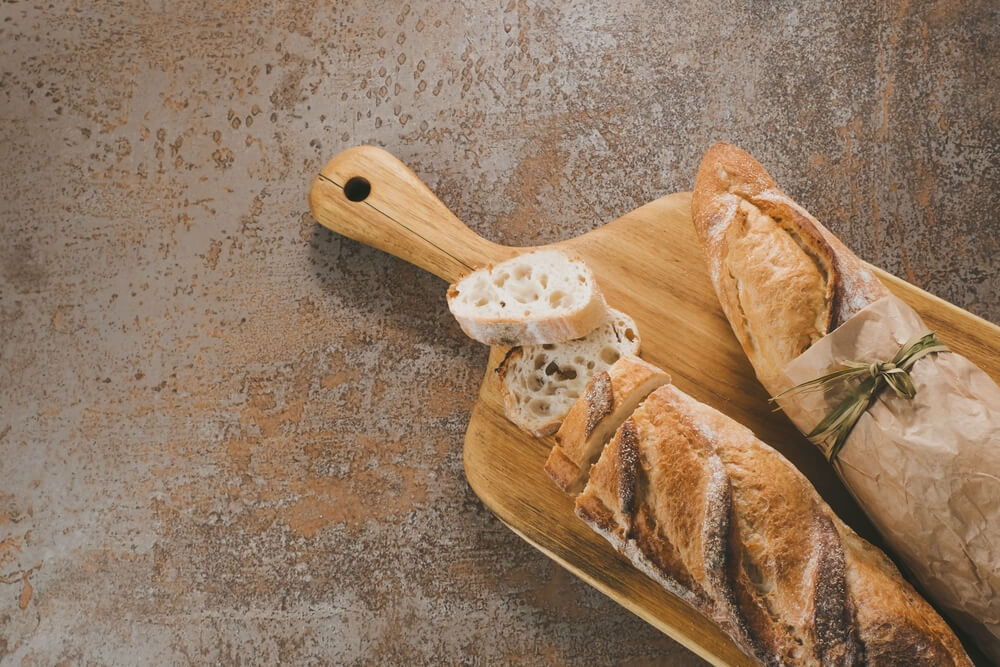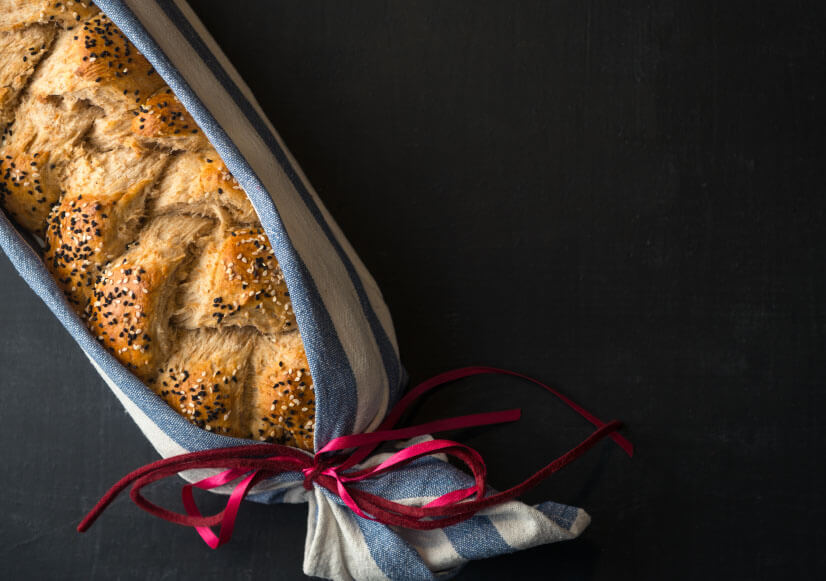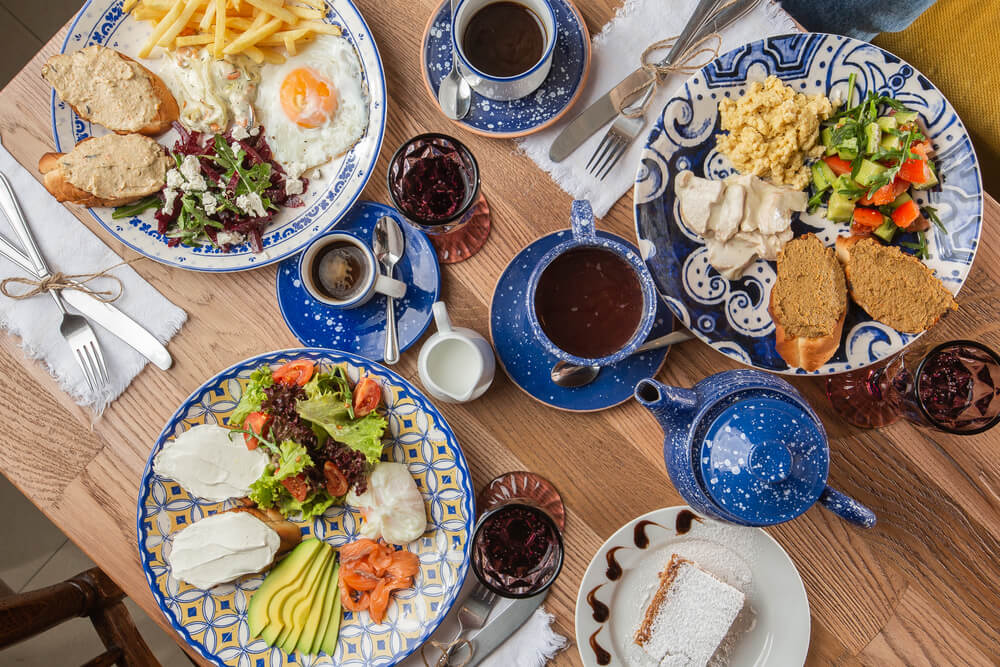Sourdough is a type of bread that has been popular for centuries. It's made with a starter – a mixture of flour and water that’s left to ferment over time. The longer the fermentation process, the more sour the flavour will be.
Scoring is a technique that can be used with many different types of dough, but it's essential for those made with sourdough. The process creates vents on the surface, which allows steam to escape during the baking process. This prevents an over-risen loaf and helps to maintain its shape. It also allows for a more even browning on the crust.
The technique was developed to allow the loaf to expand during baking while maintaining a nice crust, but it's challenging to get right. The secret to scoring sourdough bread lies in its texture and how you cut into it. In this article, we will run you through the correct procedures for perfect scoring so you can enjoy sourdough to rival the finest bakeries in town.
Why is it important to score sourdough bread?
There are a couple of reasons why it’s essential to score your sourdough before it goes into the oven. The first reason is purely aesthetic, as it will control the final appearance of the crust. Done evenly and correctly, this will create a beautiful impression as you see in the bakery, which adds to the gourmet experience.
But secondly, there is a highly practical reason why you must score your sourdough every time. During the baking process, there are chemical reactions in the dough that cause gases to be created. Left unscored, your loaf can burst open during the baking process, which will ruin it.
Preparing your sourdough loaf for scoring
These two steps are optional, and we recommend experimenting with both to get the best results that suit your tastes.
- Dust with flour: Dusting the surface of your loaf with flour before scoring means the dough revealed after scoring will not have flour present, creating a beautiful contrast. On the other hand, if you omit the flouring process, you will enjoy a golden, crisp coating across the crust's surface. Try both methods to see which works best for you.
- Lightly spray with water: Some bakers like to spray the surface with a light spritz of water. This encourages the crust to blister, with a pronounced golden appearance. This is done after the scoring process. It should also be noted that this will eliminate the contrast created by the dusting of flour.
We don't want to discourage you from experimenting, though. Try both methods and discover the best process for you.
Which tools should I use to score sourdough?
Since we’re baking this gorgeous bread in the kitchen, it would make sense to use a knife to prepare the loaf – but the best tool for the job is actually found in the bathroom, not the kitchen. A double-edged razor blade gives just the right effect, and they are cheap and readily available.
We understand that many people might be a bit uncomfortable using razor blades in the kitchen, as they can cause injury and prove a hazard if there are small children around. Luckily, there’s a specialised tool that offers the same benefits without any of the risks.
A lame (or Lahm) is a device that safely holds a razor blade in place, while allowing you to get up close and personal without any risk of cutting your hand in the process. When not in use, the blade retracts inside the device, so there’s no chance of injury later on when you reach for the lame in your utensil drawer.
Primary and secondary bread scoring techniques
You can make two different kinds of cuts before baking, and both are important for the final product.
- Primary scoring is the process that will release the gases, so it is the essential cut. That doesn't mean it can't be decorative, though. There are many ways you can do the primary score, including parallel lines, crosses, squares – anything your heart desires. These cuts should be at least half an inch deep, although you can go as deep as two inches. Again, experiment to determine what works for you.
- The secondary score will have little bearing on the actual baking process, but is more designed to bring out your artistic flair. Light cuts on the loaf will provide a range of decorative effects, like circles and swirls, for that professional touch.
How to slash other kinds of bread
Can you score any bread? That is a question we hear a lot. The short answer is yes – in most cases, you can score all kinds of bread for dramatic effect.
You have probably seen examples of scoring or slashing on all kinds of bread, including baguettes, bâtards, boules and more. You can add crisscrossed lines, diamonds, swirls and all kinds of other designs. Bear in mind that scoring will change the shape of the loaf when cooked, so be sure to experiment to discover how scoring will impact the final product.
Get the right tools for the job
At Banneton Man, making great bread starts with quality ingredients and careful attention to detail. Banneton Man is Australia's leading supplier of quality bakers' baskets, breadboards and other bakery equipment.
With our knowledge and experience, we can help you find the perfect product at an affordable price to suit your needs. Whether you're just starting or you’ve been in business for decades, we have everything you need to make your bakery successful.
Take a look through our website today to see what we offer. You won't be disappointed with our products or service.





